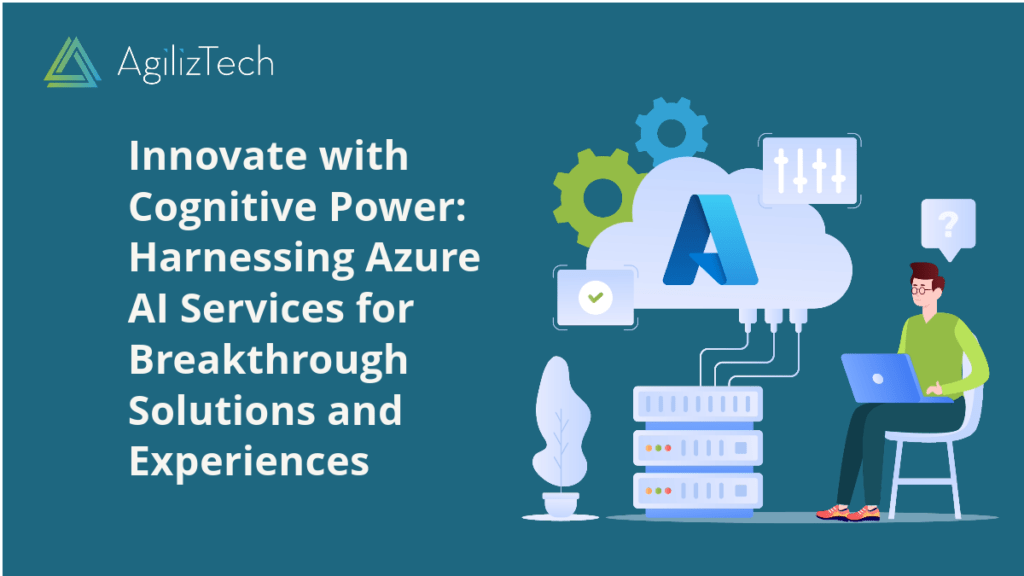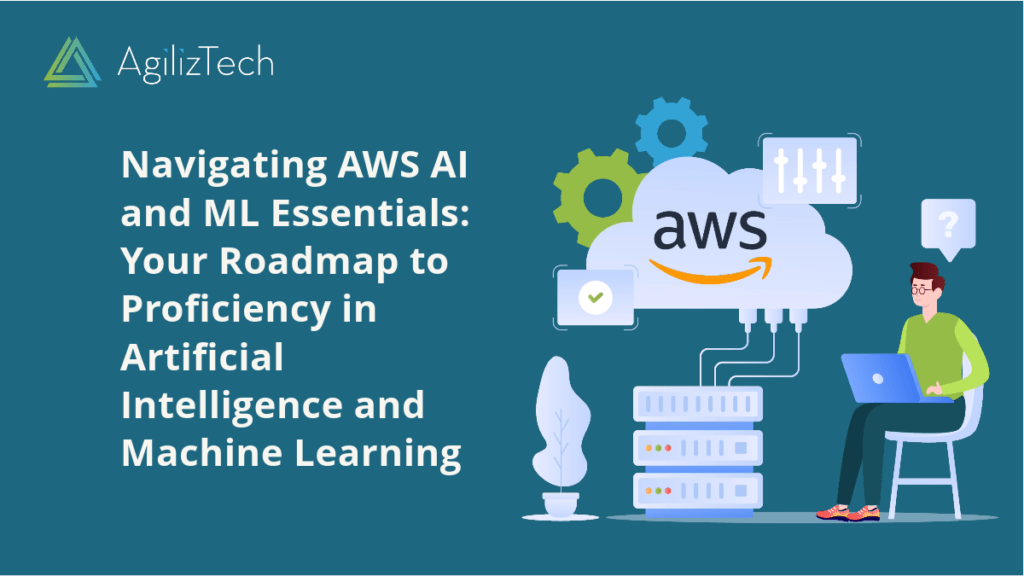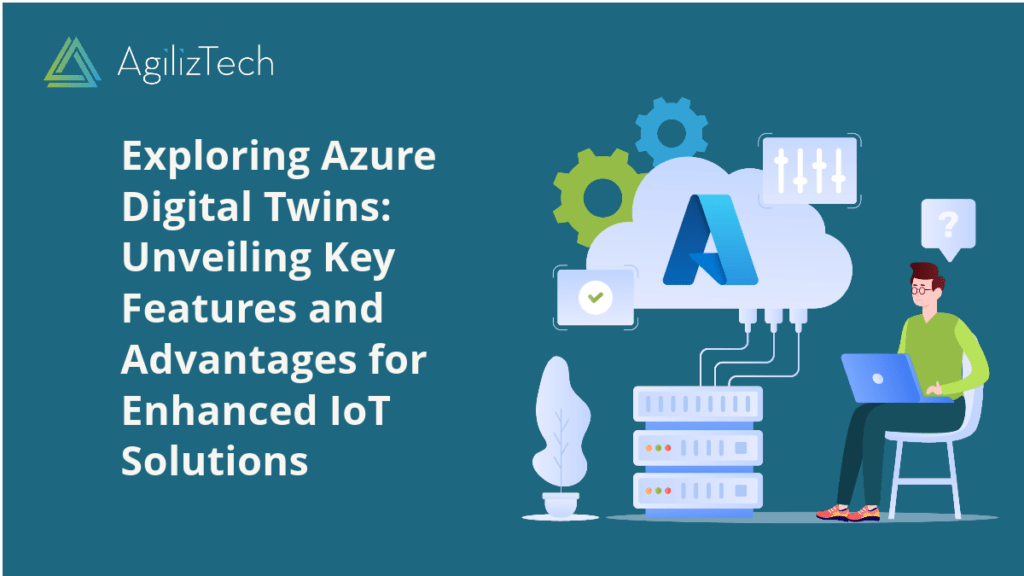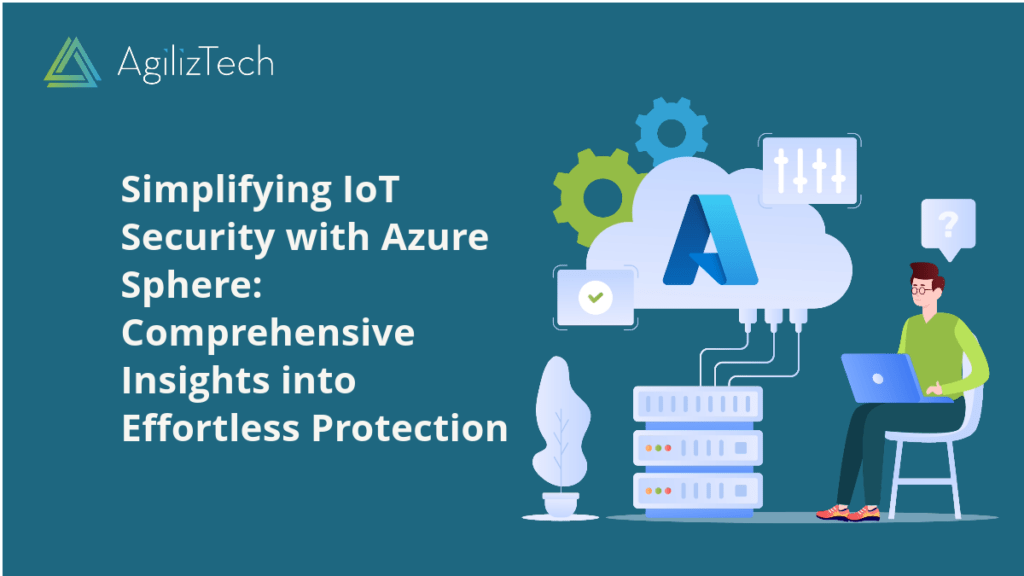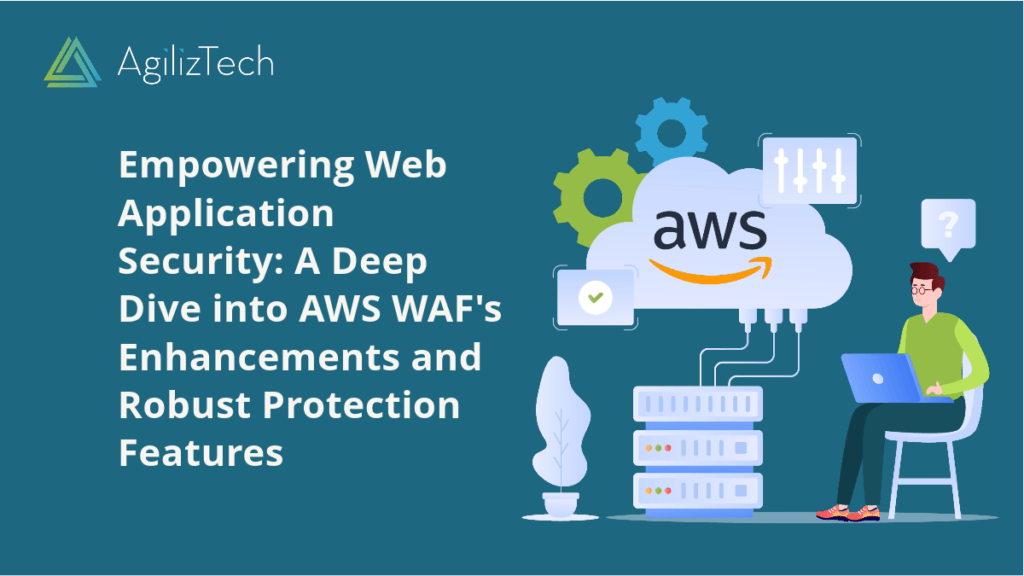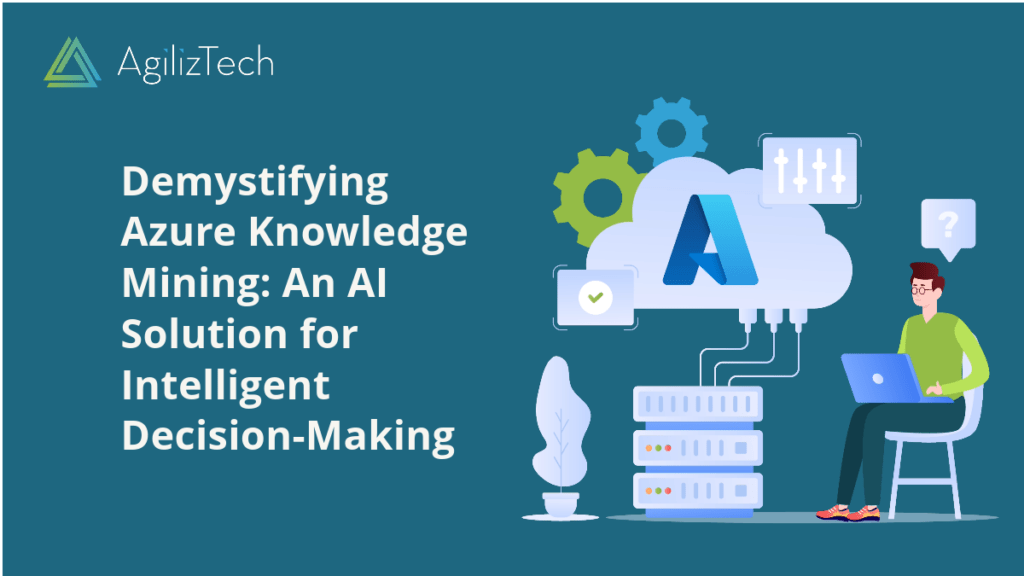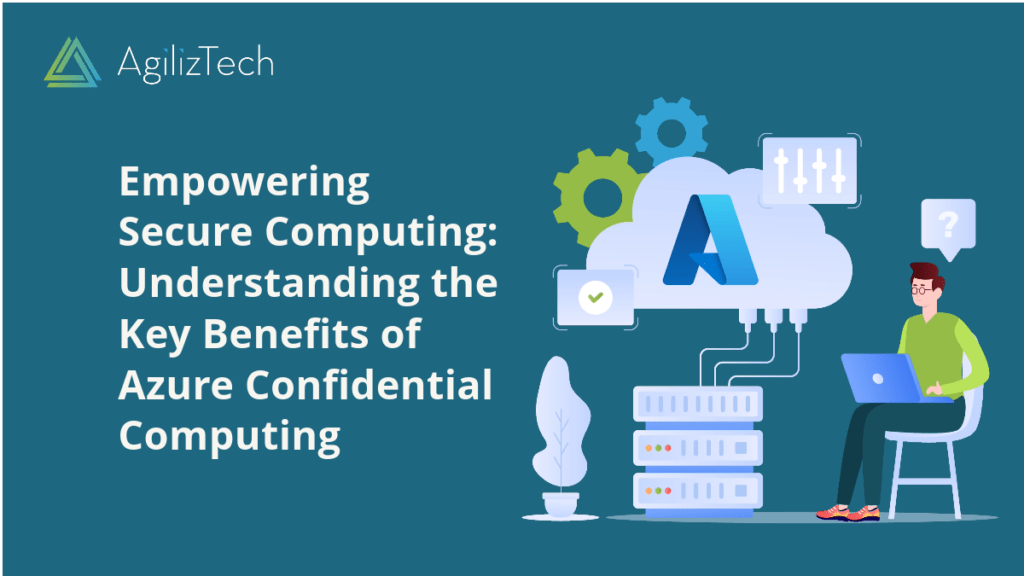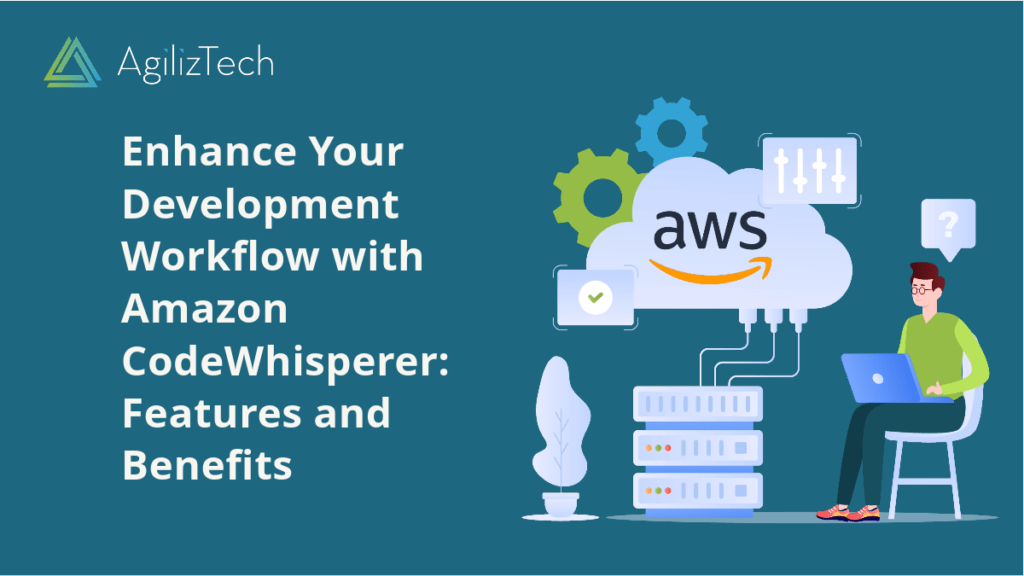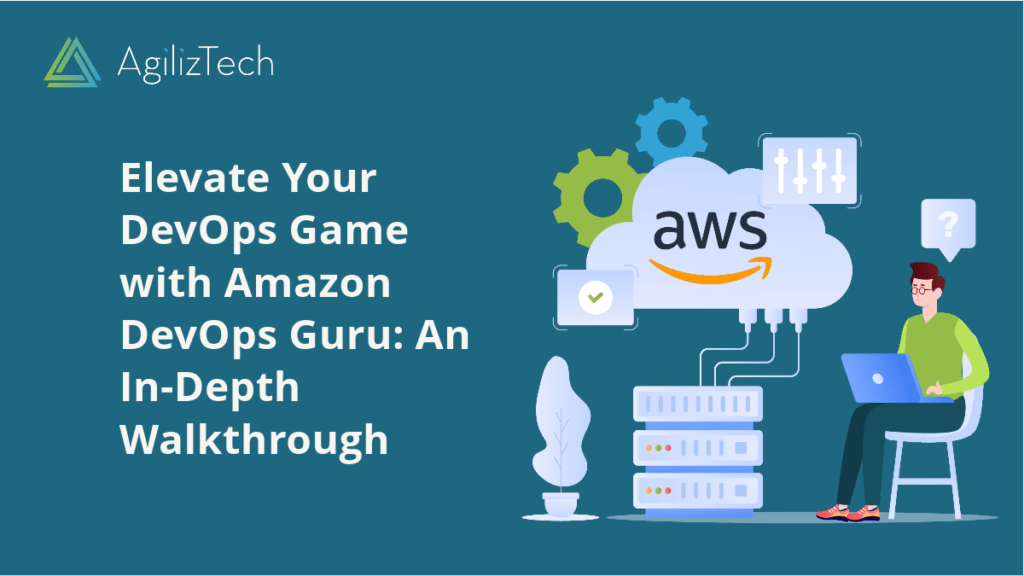Introduction
In today’s fast-paced digital world, the power of artificial intelligence (AI) is indispensable for creating user-centric applications. Microsoft Azure offers a suite of AI-driven services under Azure Cognitive Services; each designed to enhance user experiences and streamline operations. Let’s delve into these nine Azure Cognitive Services to understand how they can revolutionize your applications.
Azure AI Services Related Blog Posts
- Enhance User Engagement with Azure Personalizer: Azure Personalizer enables real-time content recommendations and personalization, elevating user experiences. Analyzing user behavior tailors content and recommendations to keep users engaged and satisfied.
- Spatial Analysis with Azure Cognitive Services: Azure Cognitive Services can turn physical spaces into intelligent environments. Through spatial analysis, you can gather data to make informed decisions and create smarter, data-driven spaces.
- Azure Translator: Bridging Language Gaps: Azure Translator breaks language barriers by offering automatic translation services. Your content can now reach a global audience, ensuring inclusivity and expanding your application’s reach.
- Azure Face API: Recognizing Faces with Precision: Azure Face API provides facial recognition and identification capabilities, enhancing application security and personalization. It can also be employed for user authentication and access control.
- Azure Speech Services: Immersive Voice Experiences: Azure Speech Services brings voice recognition and synthesis to your applications, delivering immersive experiences. Users can interact naturally with your apps through voice commands and responses.
- Azure Computer Vision: Insights from Images: Azure Computer Vision extracts valuable insights from images, enabling data-driven decision-making. It identifies objects, text, and even emotions, making it invaluable for various industries.
- Azure Text Analytics: Understand Customer Sentiment: Azure Text Analytics performs sentiment analysis on customer feedback, helping you understand customer satisfaction and pain points. This data can drive improvements and boost customer relations.
- Azure Form Recognizer: Streamline Document Workflows: Azure Form Recognizer automates document processing, reducing manual data entry and streamlining workflows. From invoices to forms, it extracts valuable information accurately.
- Language Understanding with LUIS: Language Understanding with LUIS (Language Understanding Intelligent Service) empowers applications to comprehend user intent and context, making them smarter and more user-friendly.
Conclusion
By harnessing the capabilities of Azure Cognitive Services, you can unlock the potential of AI to create more personalized, efficient, and user-centric applications. From real-time personalization to spatial analysis and language translation, Azure Cognitive Services offers a comprehensive toolkit for developers to elevate their applications in today’s AI-driven world.
